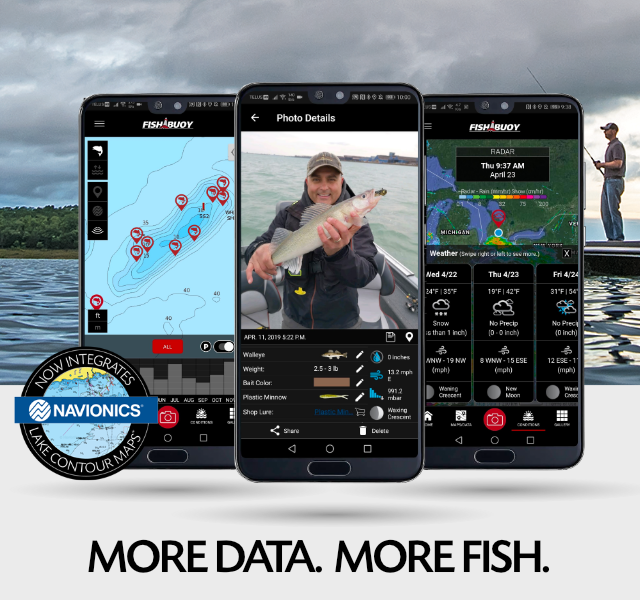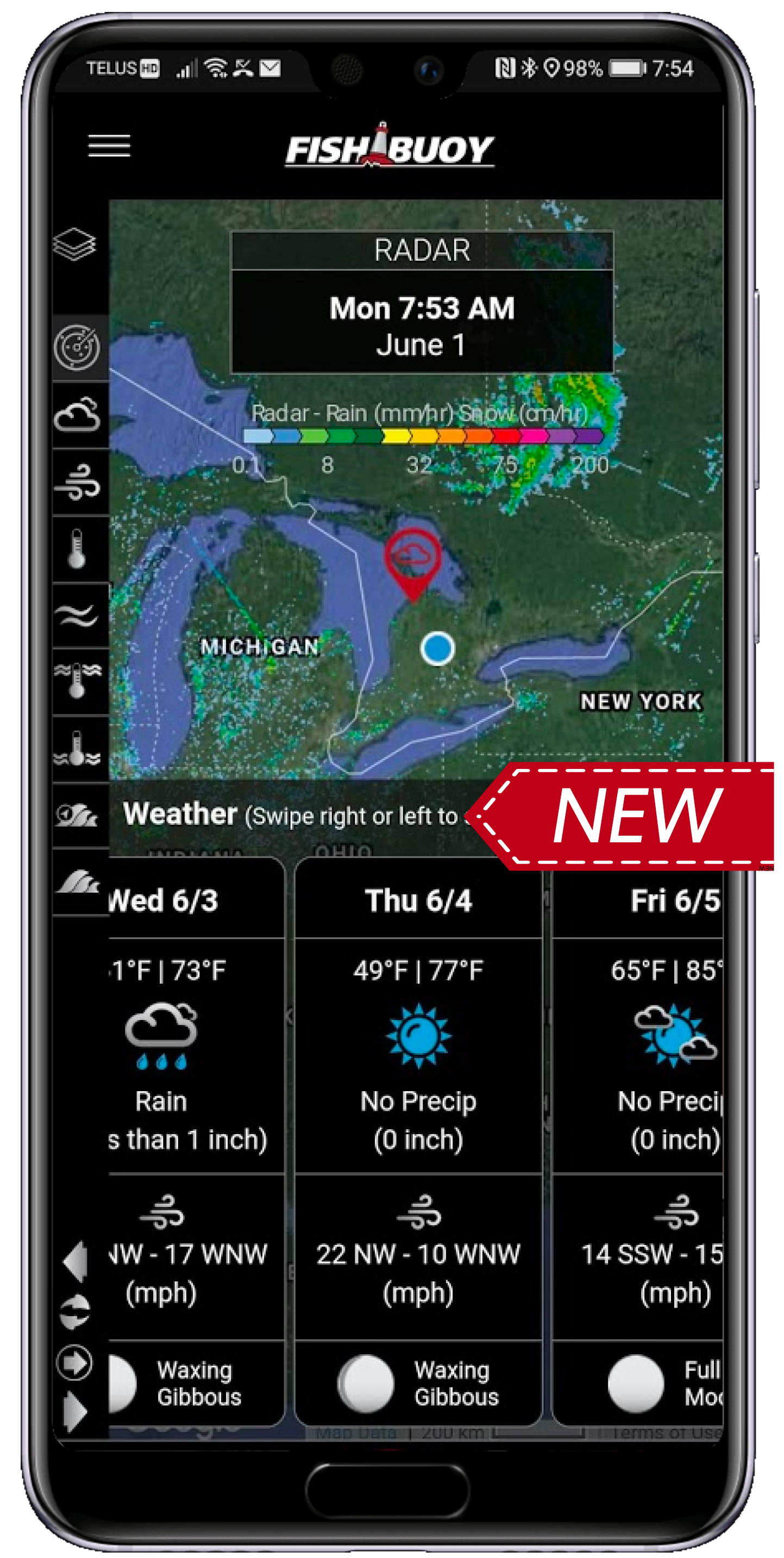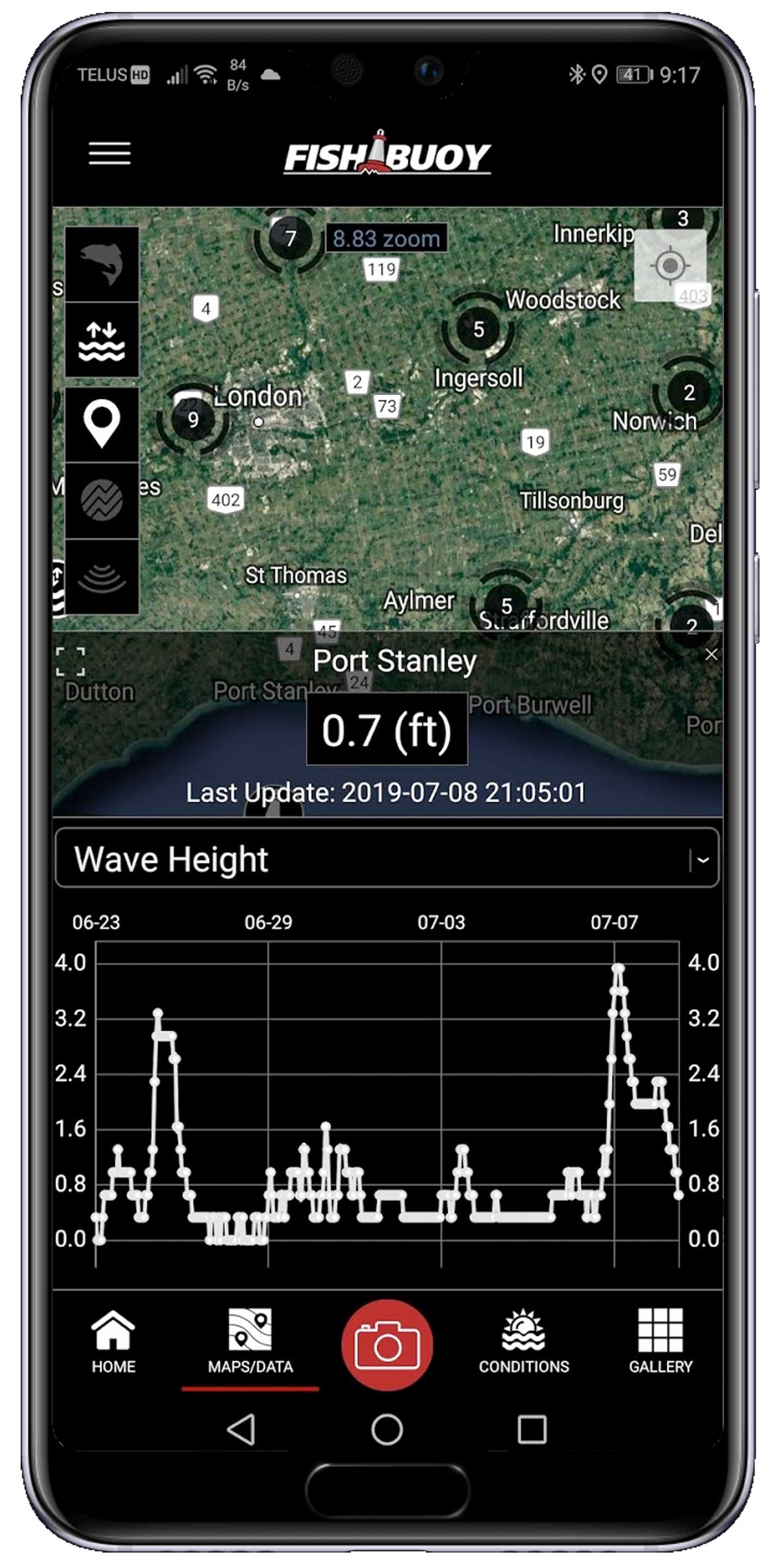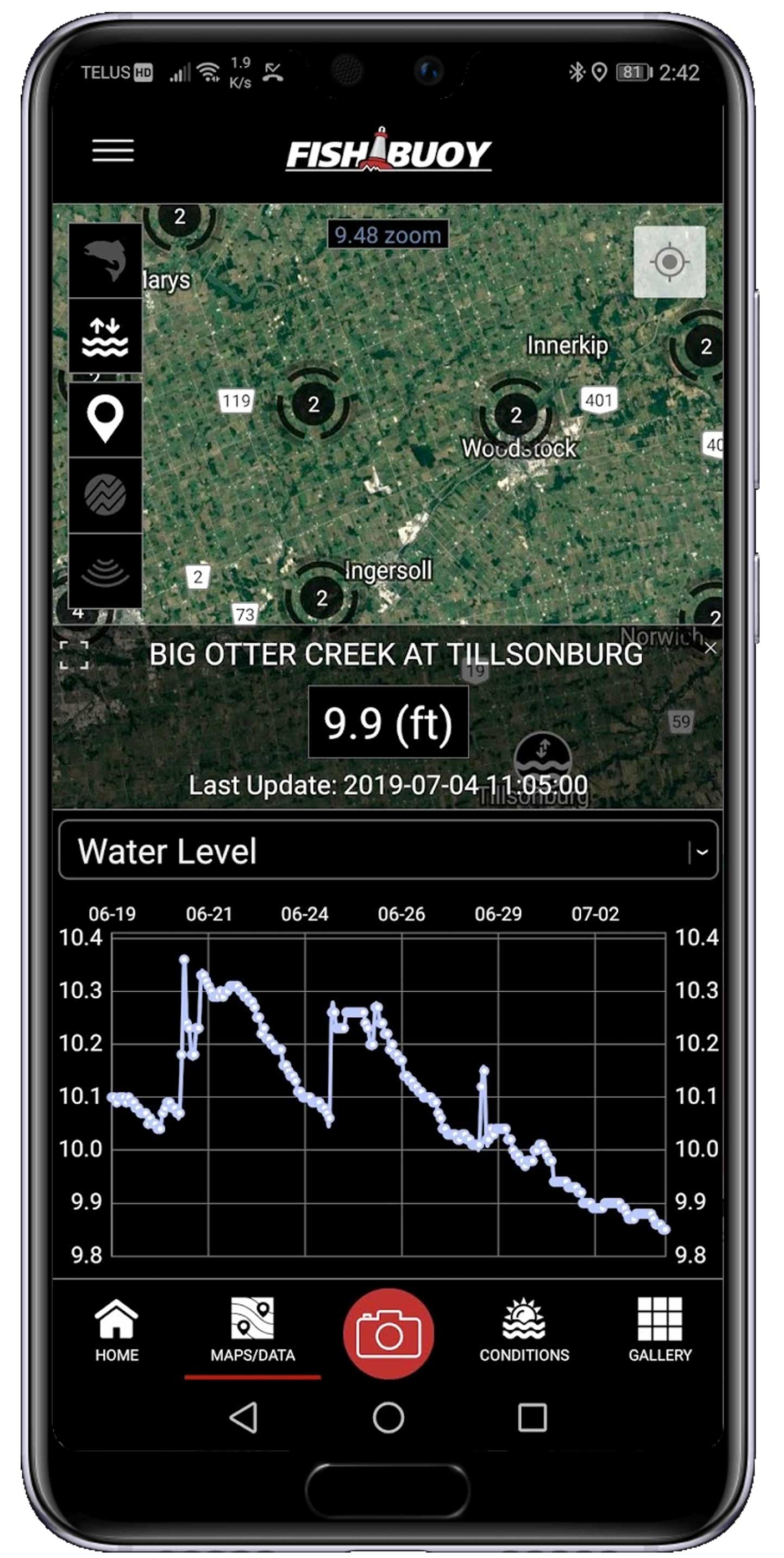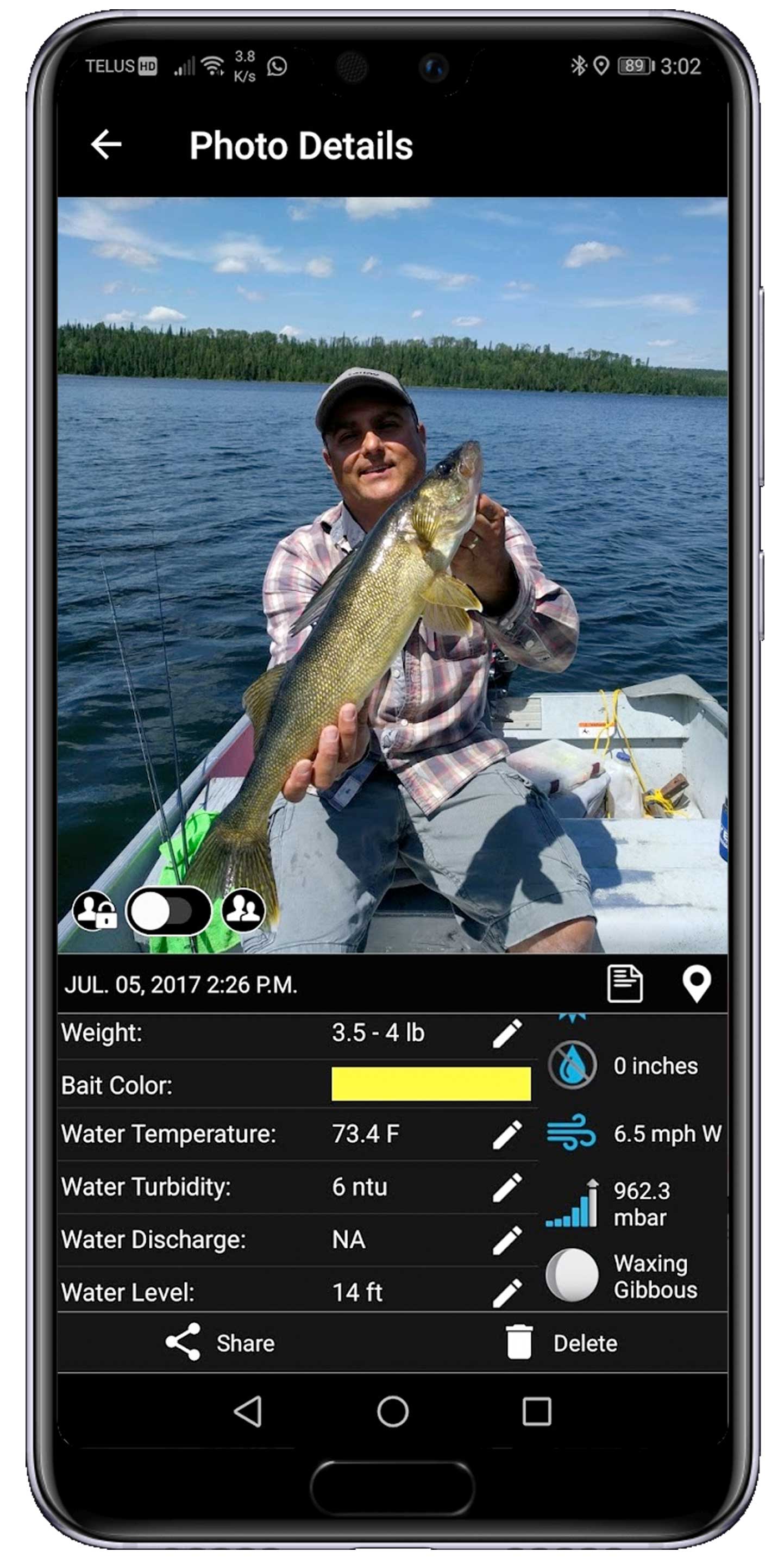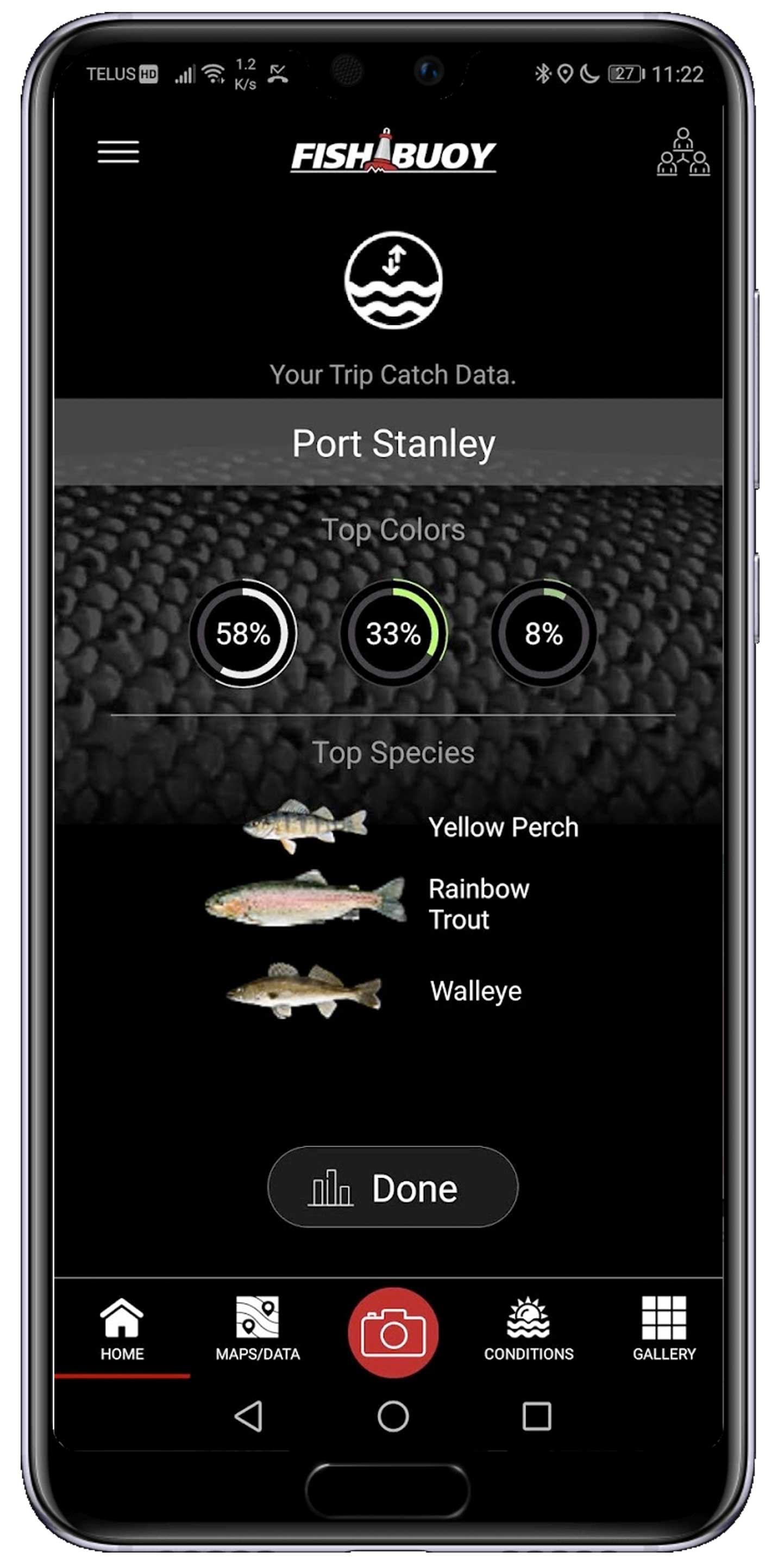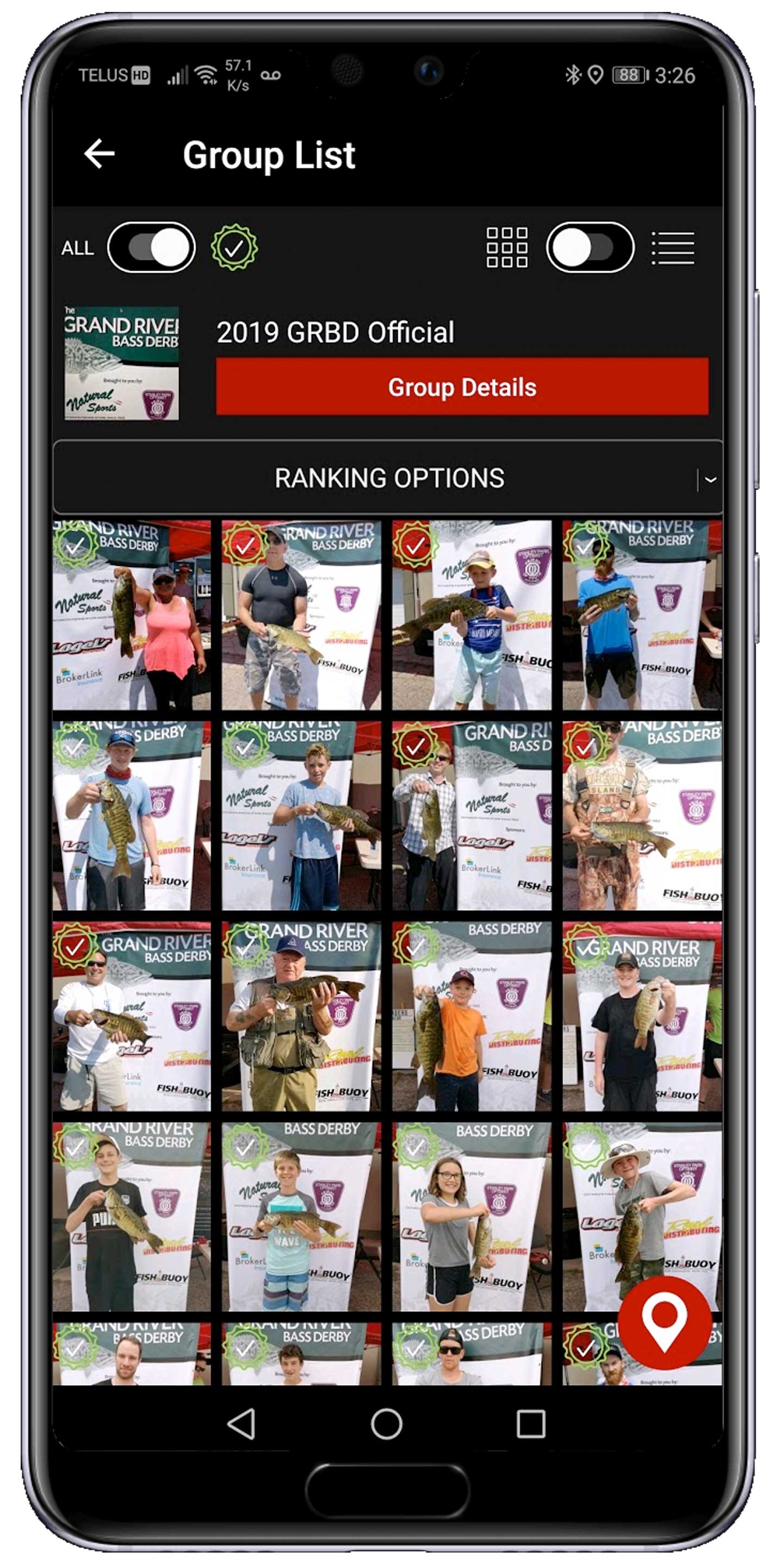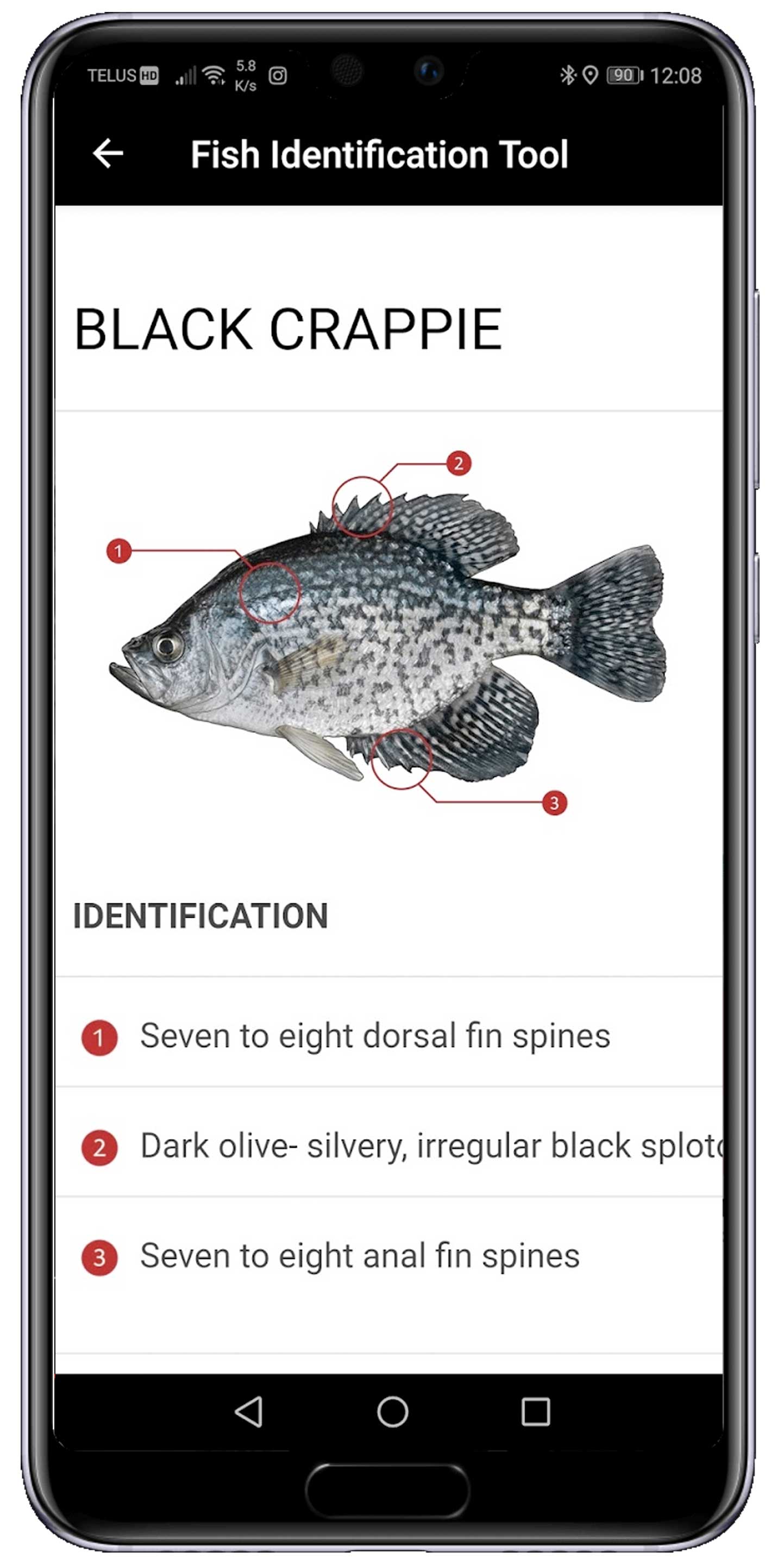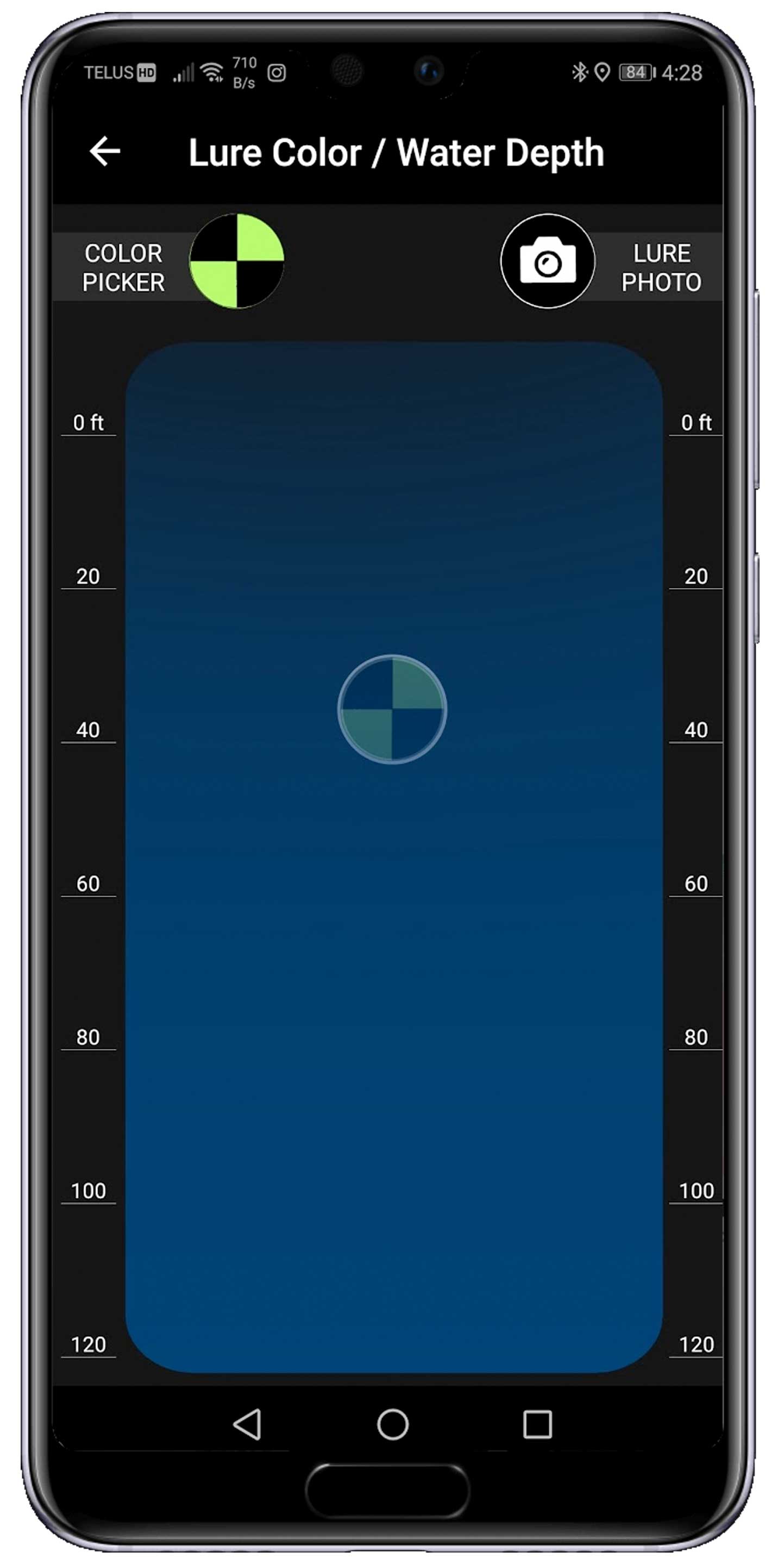STRIPED BASS
How to identify a Striped Bass
The striped bass closest freshwater relatives are the white bass, the yellow bass, and the white perch. The striped bass is easily recognized by the 7 or 8 prominent black stripes that run along the scale rows on each side of its long, sleek, silvery body. One stripe runs along the lateral line, and the remainder are about equally divided above and below it. The first dorsal fin has 8 -10 spines and second, 10-13 soft rays. The anal fin has 3 spines followed by 7-13 soft rays. The dorsal fins are completely separated. The striped bass is longer and sleeker and has a larger head than its close and similar looking relative, the white bass. The striped and white basses have been crossed to create a hybrid known as the whiterock or sunshine (in Florida) bass. Striped bass can be distinguished from hybrids by the regularity of stripes while the hybrid usually has interrupted or broken stripes.
Where to catch Striped Bass
The striped bass, or “rockfish” as it is known in North and South Carolina, occurs from the St. Lawrence River to northern Florida on the Atlantic coast of the United States; off Florida, Louisiana, Alabama and Mississippi in the Gulf of Mexico; and along the U.S. Pacific coast from Washington to California. Striped bass were unknown on the Pacific coast until they were introduced there in 1879 and 1882. On the east coast they have been well known to saltwater anglers as one of the most important food fishes since at least the early 1600s.In saltwater, the striped bass is anadromous and migratory. Some migrate from North Carolina, Virginia, or Maryland to more northern climates in the summer and return when the summer season is over. Others remain non-migratory within estuarine river systems such as the St. Lawrence, the Santee-Cooper, or the Savannah systems. To most freshwater anglers, this very important game fish is relatively new. The species moves far upstream in rivers during spawning migrations. It has a native range (in freshwater) from the St. Lawrence River, N.Y., south to St. Johns River, Florida, and also from the Suwannee River in Florida, to Lake Pontchartrain in Louisiana. In some of these waters populations have become landlocked due to artificial impoundments that blocked their return to the sea. In recent years, striped bass have been introduced into freshwater systems in most of the states.
IDENTIFICATION
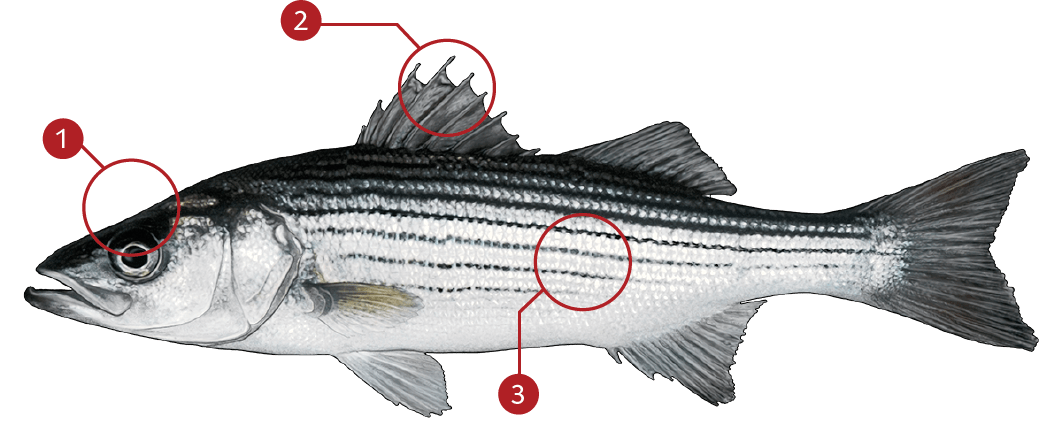
| |
Silver body with a long, sleek head |
| |
Eight to ten spins on the first dorsal fin |
| |
Seven or eight dark grey/black stripes running horizontally |
TARGET AREAS
|
|
Acknowledgements: We thank TAKEMEFISHING.org (www.takemefishing.org), Wisconsin Department of Natural Resources for their contributions to these FISH FACTS.



